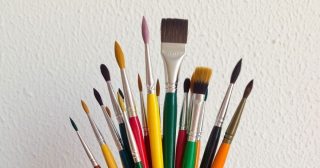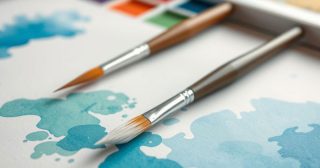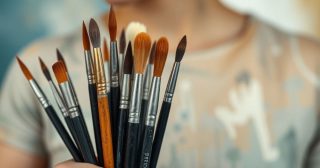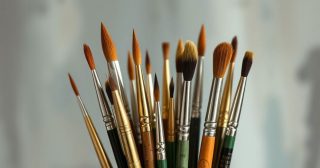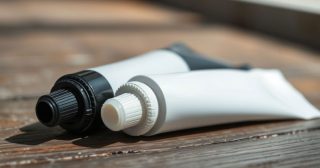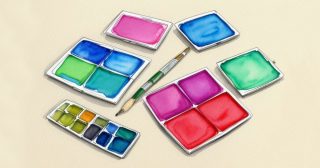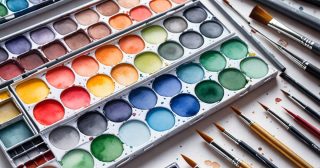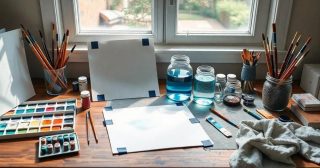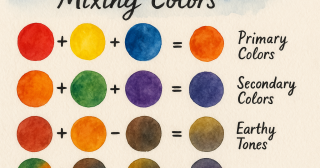Do natural hair or synthetic brushes perform better for watercolor techniques?
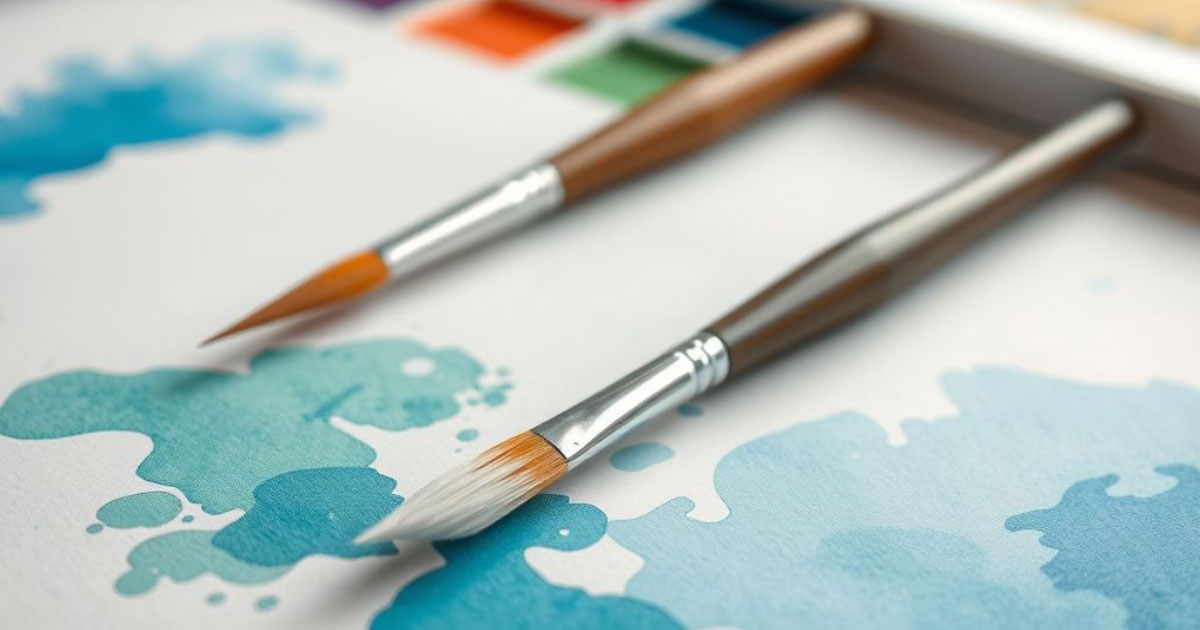
Natural Hair Brushes (Kolinsky Sable, Squirrel, Goat)
-
Water retention (holds more pigment/water for seamless washes)
-
Snap/spring (bristles return to point for precise control)
-
Delicate blending (creates smoother gradients)
-
Professional results (favored by master watercolorists)
⚠️ Drawbacks:
Expensive (top Kolinsky brushes can cost $100+)
Ethical concerns (animal-sourced bristles)
Require meticulous care
Synthetic Brushes (Nylon/Polyester Blends)
Affordability (good quality for 1/3 the price of natural hair)
Durability (withstands harsh treatment better)
Consistency (no batch variations like natural hair)
Vegan-friendly (cruelty-free options)
⚠️ Drawbacks:
Less water-holding capacity (may require more reloading)
Can lack "snap" in larger sizes
May not last as long as premium natural brushes
Surprising Hybrid Option:
Modern synthetic-sable blends now rival natural hair performance at mid-range prices.
When to Choose Which:
Natural: For professional work, large washes, or if you value traditional techniques
Synthetic: Beginners, travel kits, or if you prefer vegan materials
Hybrid: Best balance for serious hobbyists
Pro Tip: A high-quality round #6 in either type will reveal more differences than smaller/larger brushes. Test both to feel how they release water onto paper.

